A Tailored Approach to Industrial Machinery Moving
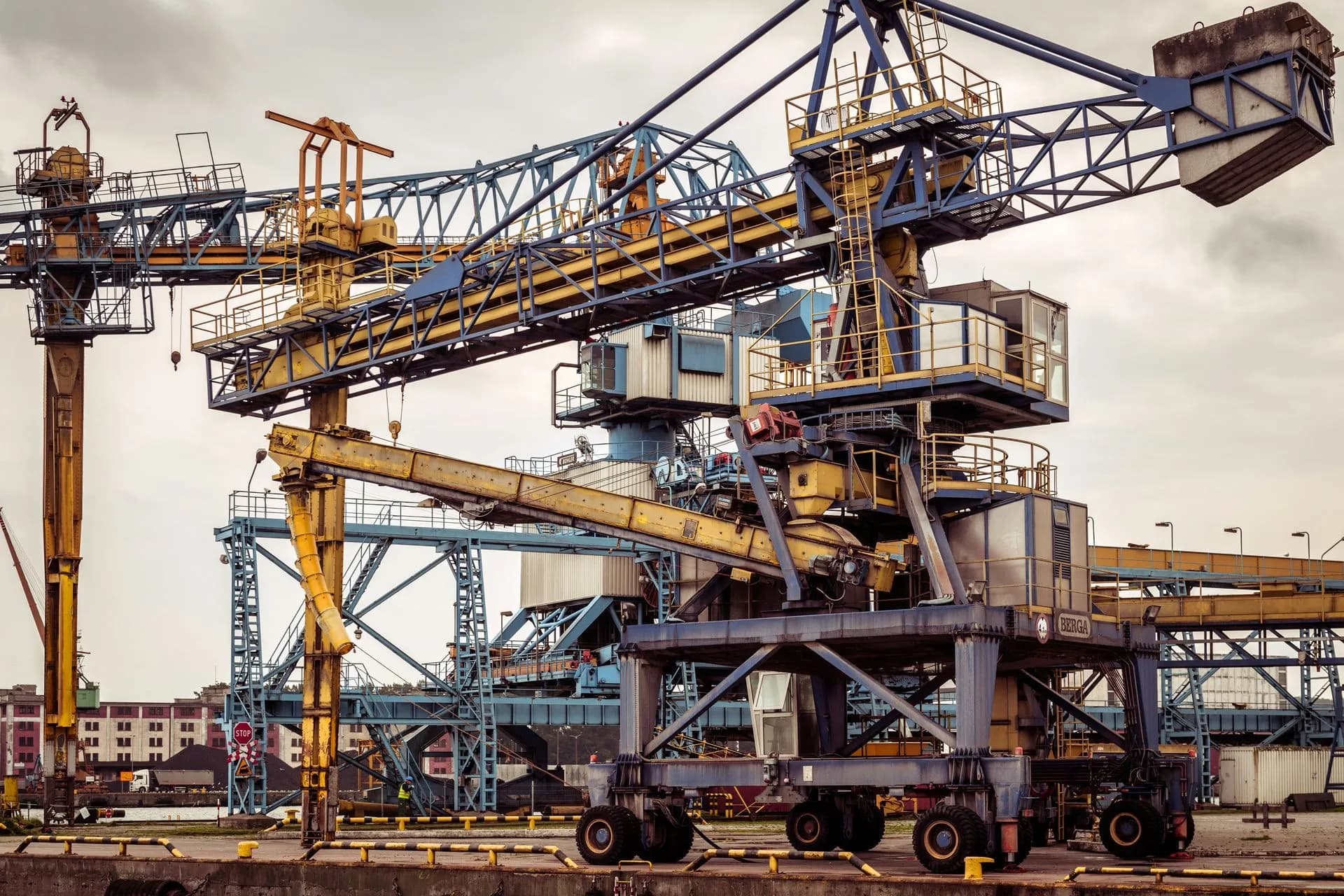
Relocating industrial machinery is no small feat. The process requires careful planning, precision, and expertise, Whether moving a single piece of equipment or an entire production line. A one-size-fits-all approach doesn’t work in this complex field. Instead, a tailored approach to industrial machinery moving is essential to ensure a smooth transition, minimize downtime, and protect valuable assets.
Understanding the Complexities of Machinery Moving
Industrial machinery comes in all shapes, sizes, and levels of complexity. From heavy-duty presses to delicate CNC machines, each piece of equipment has unique requirements that must be considered during a move. The key challenges involved in machinery moving include:
- Weight and Size: Industrial machines are often large and heavy, requiring specialized equipment and techniques for lifting, transporting, and positioning them safely.
- Fragility: Despite their size, many industrial machines are delicate, with intricate components that can be easily damaged if not handled properly.
- Precision Requirements: Certain machines must be installed precisely to ensure they function correctly after relocation, necessitating careful alignment and calibration.
- Operational Downtime: Minimizing downtime during a move is critical, as extended inactivity can lead to significant financial losses.
Given these complexities, a tailored approach is not just advantageous—it’s necessary.
The Components of a Tailored Approach
A tailored approach to industrial machinery moving involves customizing the process to meet the specific needs of each project. Here’s how this approach can be implemented:
Comprehensive Planning and Assessment
The first step in any successful machinery move is thoroughly assessing the equipment and the environment. This includes evaluating the machinery’s size, weight, and fragility, as well as the layout of the current and new locations. A detailed plan is then developed, outlining the steps to safely and efficiently move the equipment. This plan includes timelines, resource allocation, and contingency measures to address unexpected challenges.
Customized Moving Equipment and Techniques
Standard moving equipment may only be suitable for some types of industrial machinery. A tailored approach involves selecting and, if necessary, customizing the equipment used for the move. This could include specialized rigging systems, hydraulic jacks, and air ride trailers designed to minimize vibrations and protect sensitive components during transit. Custom crating and protective coverings are often employed to safeguard the machinery from damage.
Expert Handling and Rigging
The actual process of moving industrial machinery requires skilled professionals with experience handling complex equipment. This includes physically moving the machinery and dismantling and reassembling it as needed. Experienced riggers ensure that each step of the move is executed precisely, avoiding any damage to the machinery or the facility.
Precision Installation and Calibration
Once the machinery has been relocated, it must be installed and calibrated to ensure it operates correctly in its new environment. This step is critical, as even slight misalignments can lead to operational issues. A tailored approach involves using specialized tools and techniques to achieve the necessary precision, ensuring the machinery can function at total capacity as soon as possible.
Safety and Compliance
Safety is paramount during any machinery move. A tailored approach ensures that all safety protocols are followed, from the initial planning to installation. This includes conducting risk assessments, using appropriate personal protective equipment (PPE), and complying with all relevant regulations and standards. Protecting the workers involved in the move and the machinery is a top priority.
Minimizing Downtime
One of the most significant concerns for any business undergoing a machinery move is the potential for operational downtime. A tailored approach addresses this by carefully scheduling the move to minimize disruption. This may involve coordinating the move during off-peak hours, staggering the relocation of multiple machines, or using temporary equipment to maintain production during the transition.
The Benefits of a Tailored Approach
Adopting a tailored approach to industrial machinery moving offers numerous benefits:
- Reduced Risk of Damage: By customizing the moving process to the specific needs of the equipment, the risk of damage is significantly reduced, protecting the company’s investment.
- Increased Efficiency: A well-planned and executed move ensures that machinery is relocated quickly and efficiently, minimizing downtime and maintaining productivity.
- Improved Safety: Tailoring the approach to include comprehensive safety measures ensures that the move is conducted without incident, protecting personnel and assets.
- Cost Savings: While a tailored approach may require an initial investment, the long-term savings from avoiding damage, reducing downtime, and ensuring operational continuity can be substantial.
Conclusion: Moving Forward with Confidence
Relocating industrial machinery is a complex and challenging task, but with a tailored approach, it can be done efficiently, safely, and with minimal disruption. By customizing the planning, equipment, handling, and installation processes to the specific needs of each piece of machinery, companies can move forward with confidence, knowing that their assets are in good hands.
In an industry where precision and reliability are paramount, developing a tailored strategy for moving machinery is not just a best practice—it’s essential for long-term success.
Newsletter
Don't miss a thing!
Sign up to receive daily news
Recent Posts
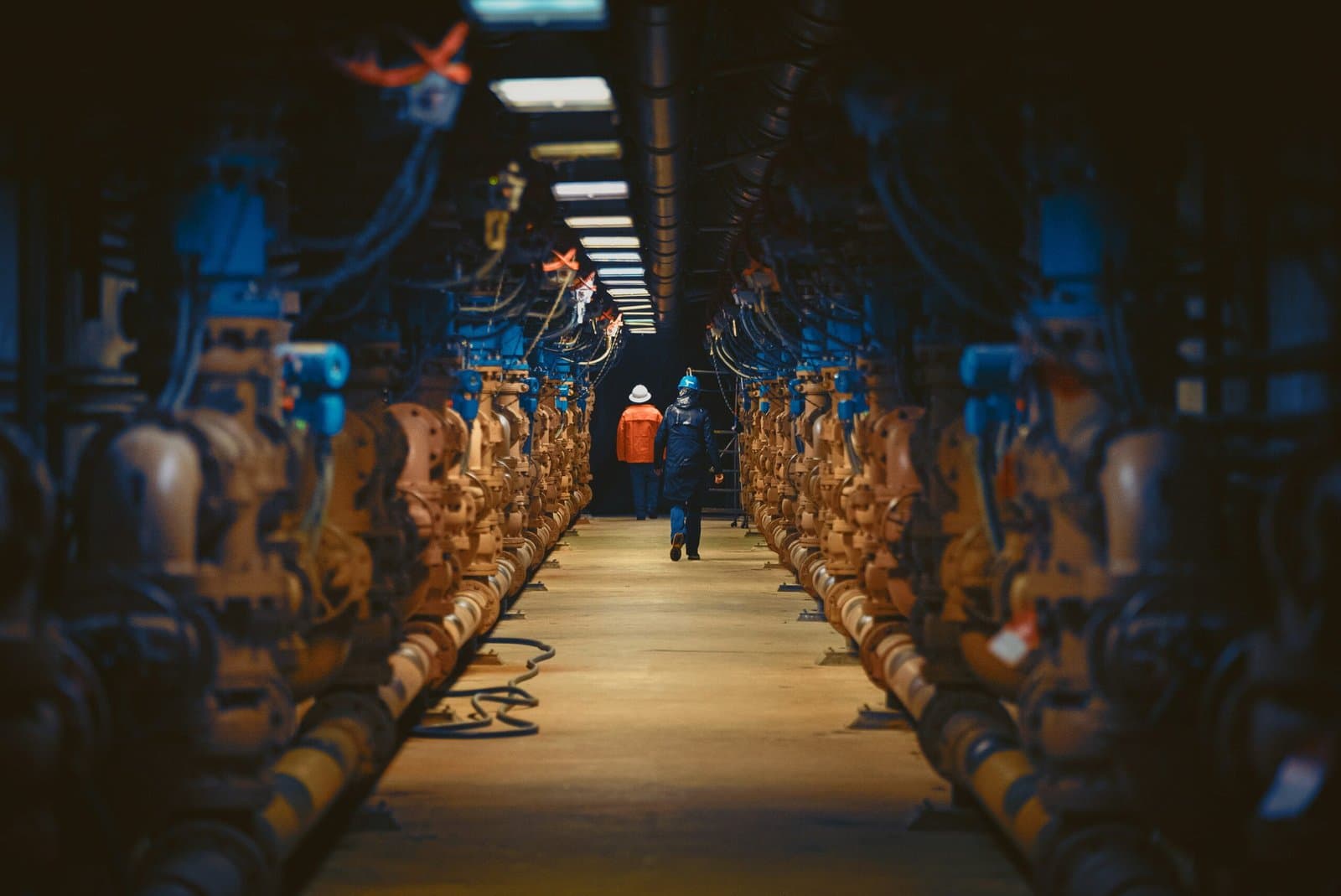
august 30, 2025
Decommissioning a Facility: How to Turn It into a Profitable Venture
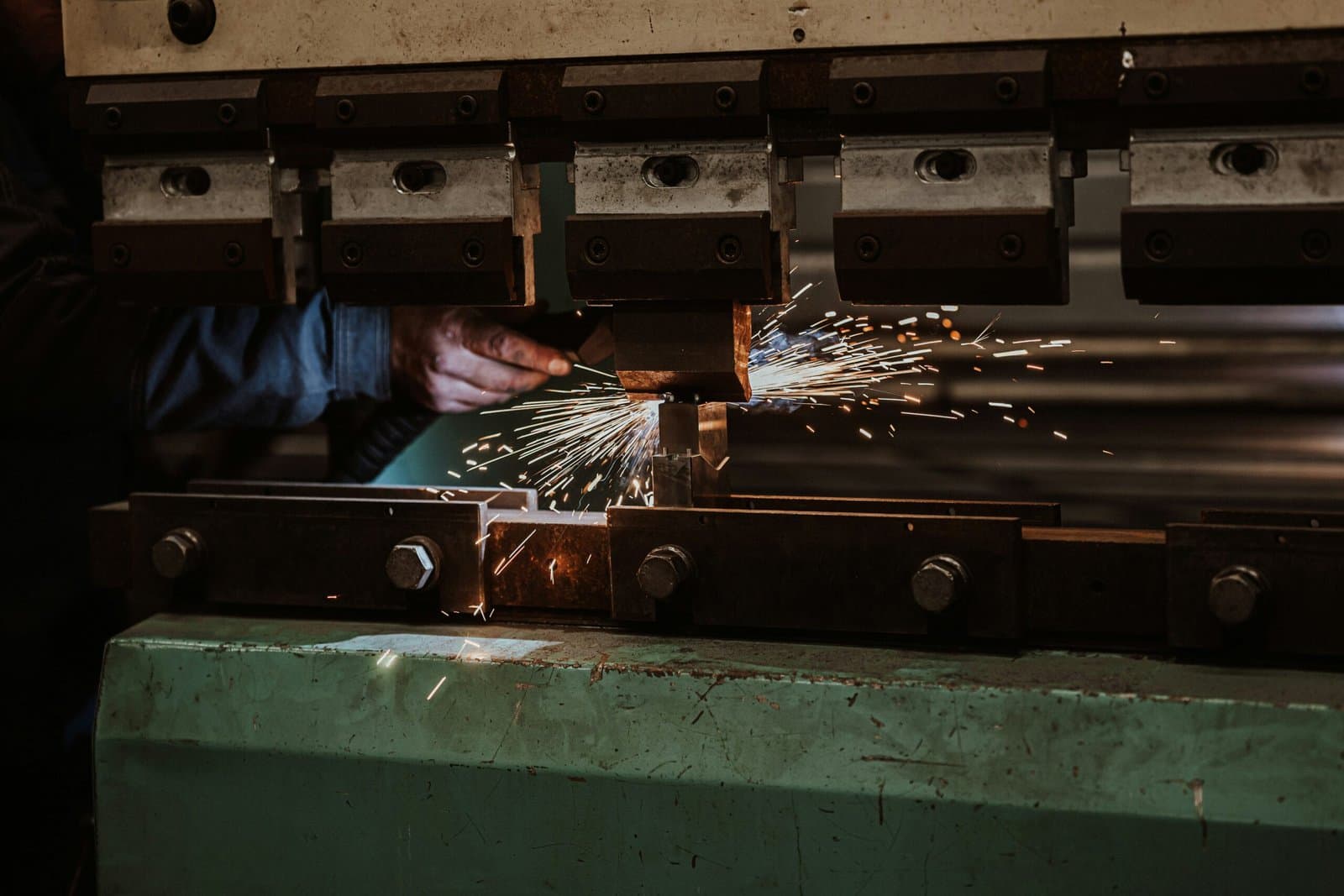
august 25, 2025
Hydraulic Press Maintenance 101
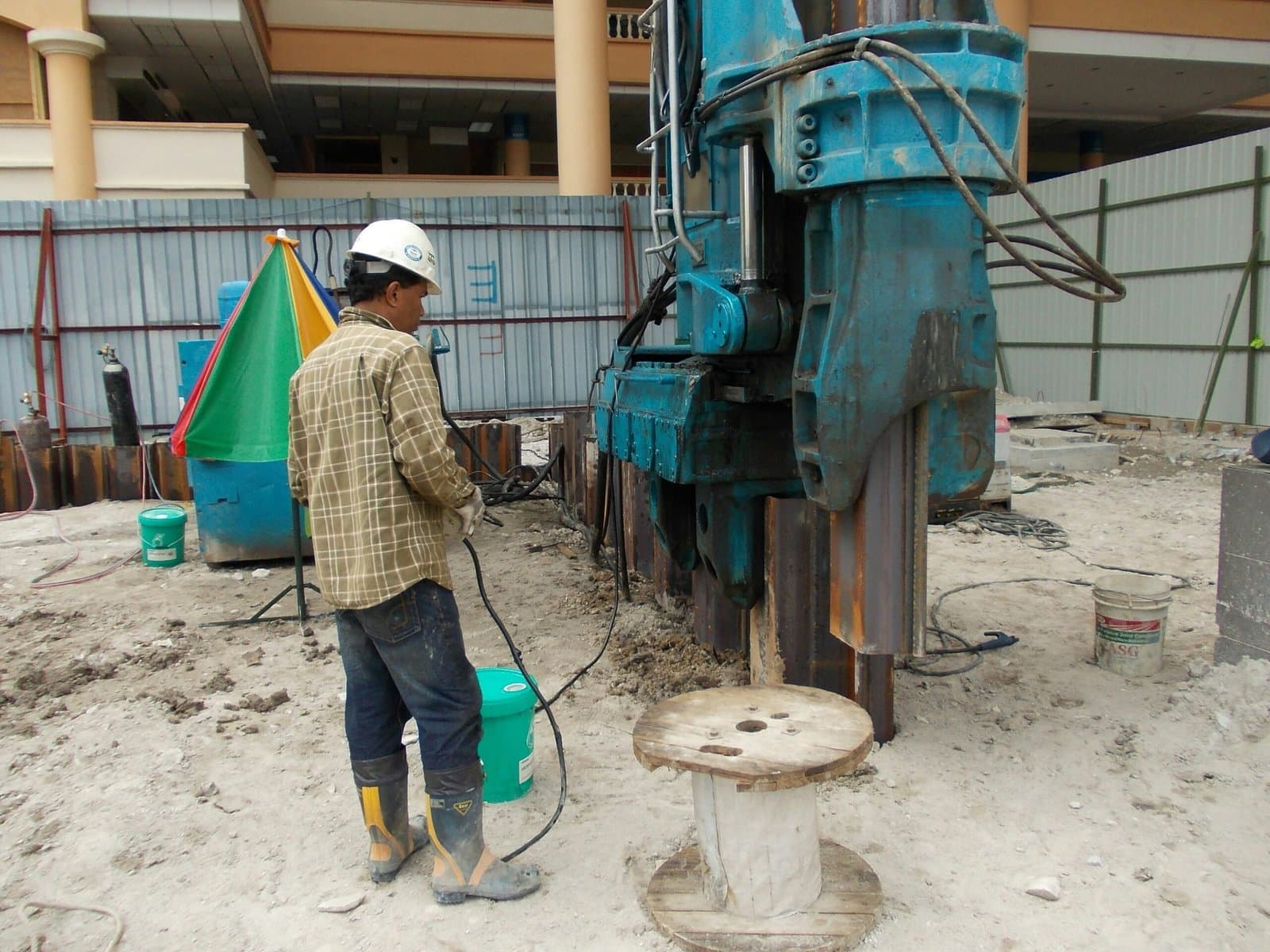
august 18, 2025
Rigging Machinery: The Challenge of Moving and Installing Outdated vs. Modern Equipment
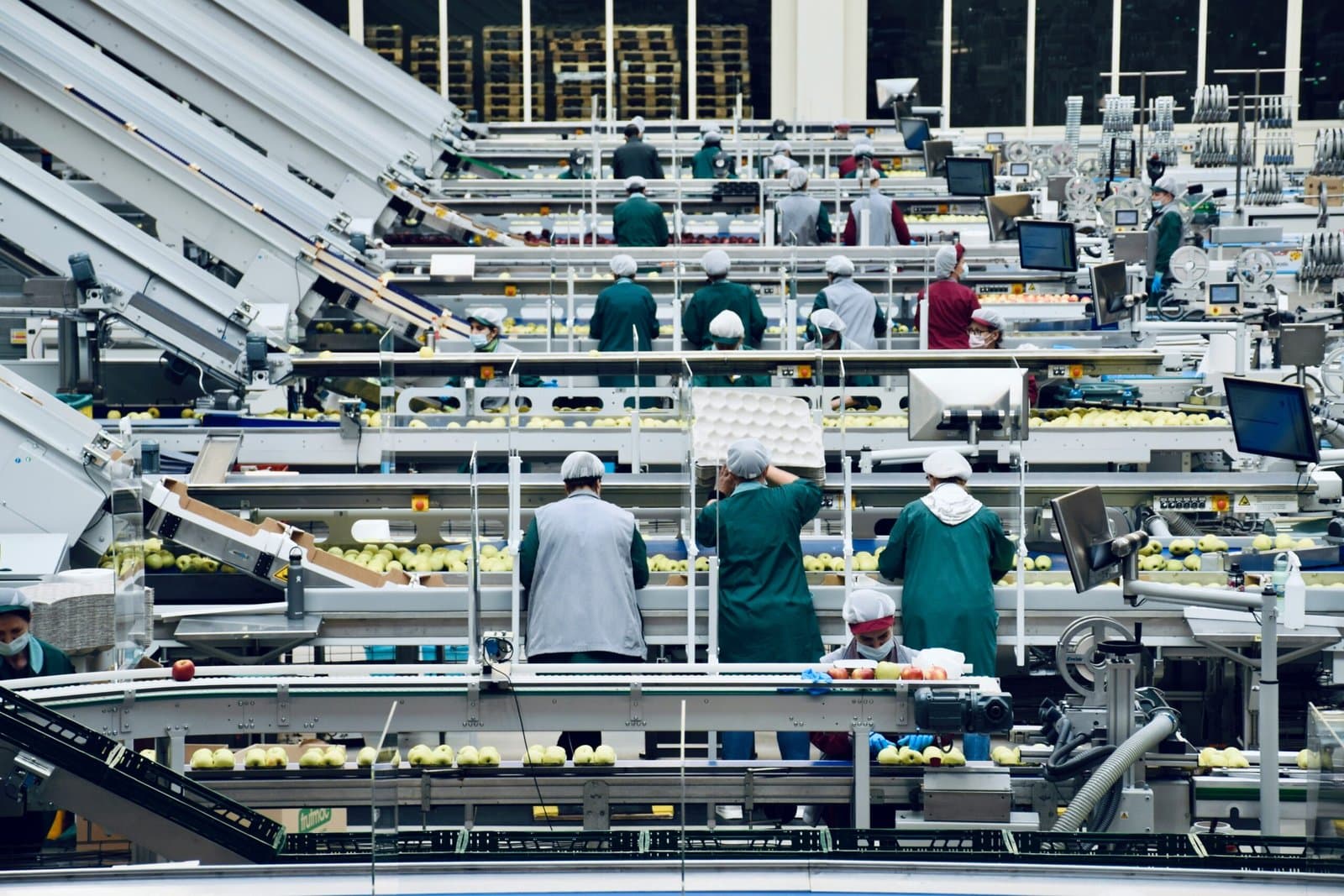
august 16, 2025
Conveyor System Maintenance: 5 Early Warning Signs of Failure
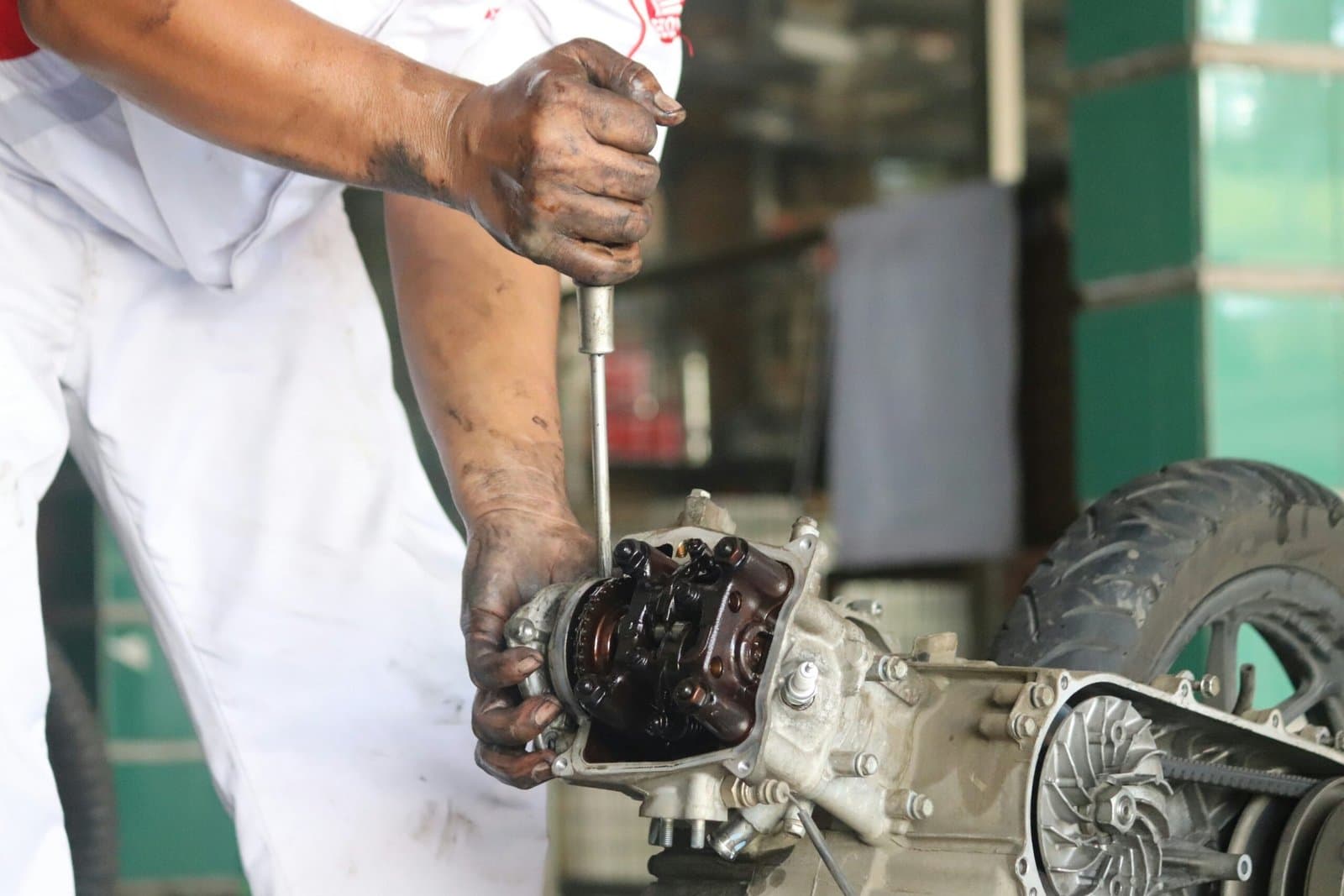
august 14, 2025
Predictive Maintenance: The Smarter Alternative to Costly Reactive Repairs
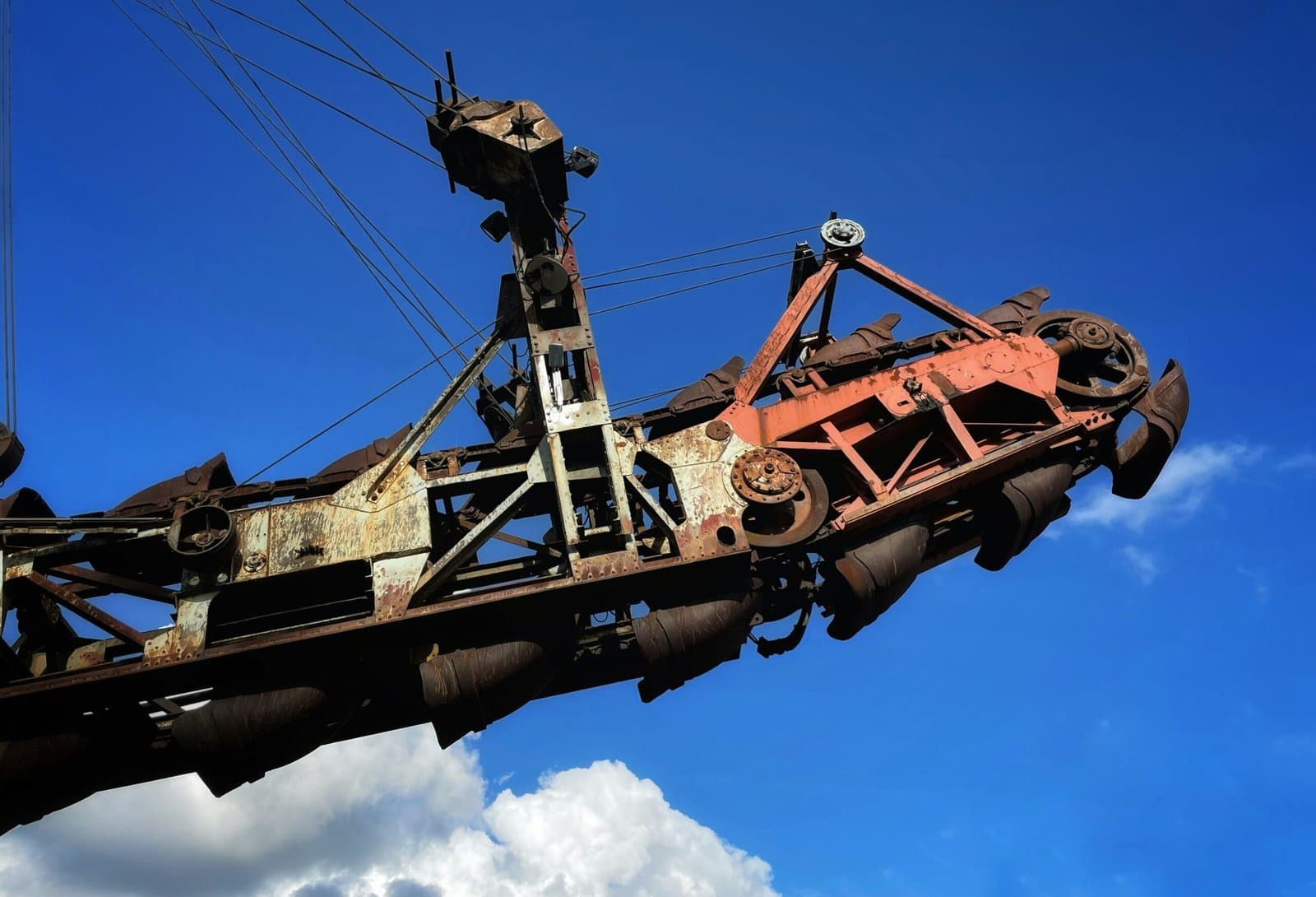
august 11, 2025